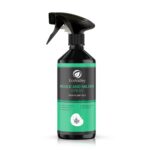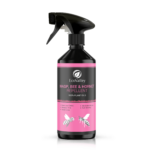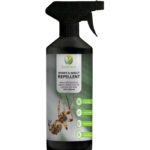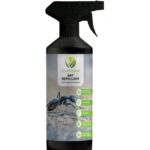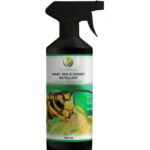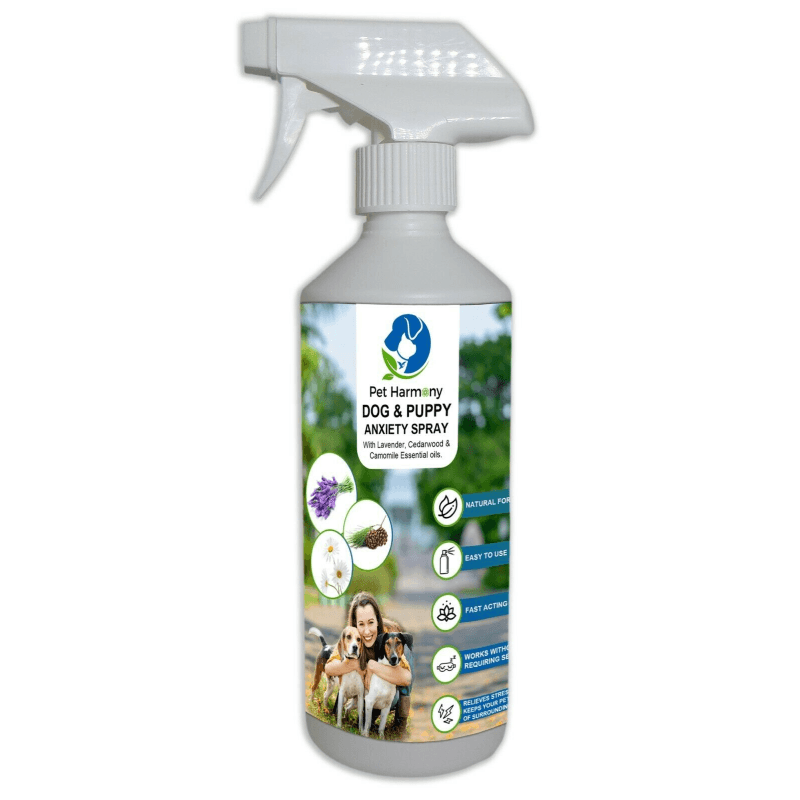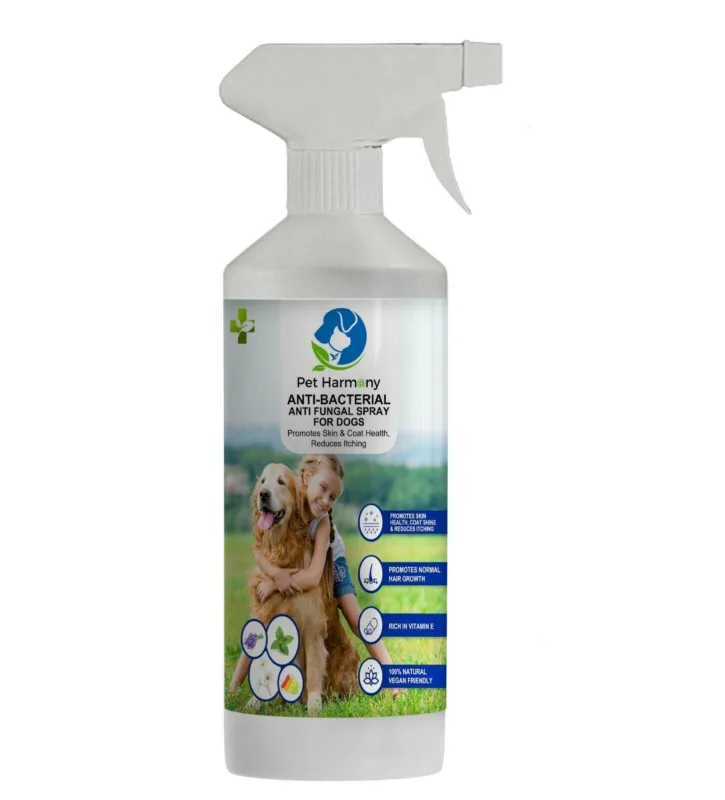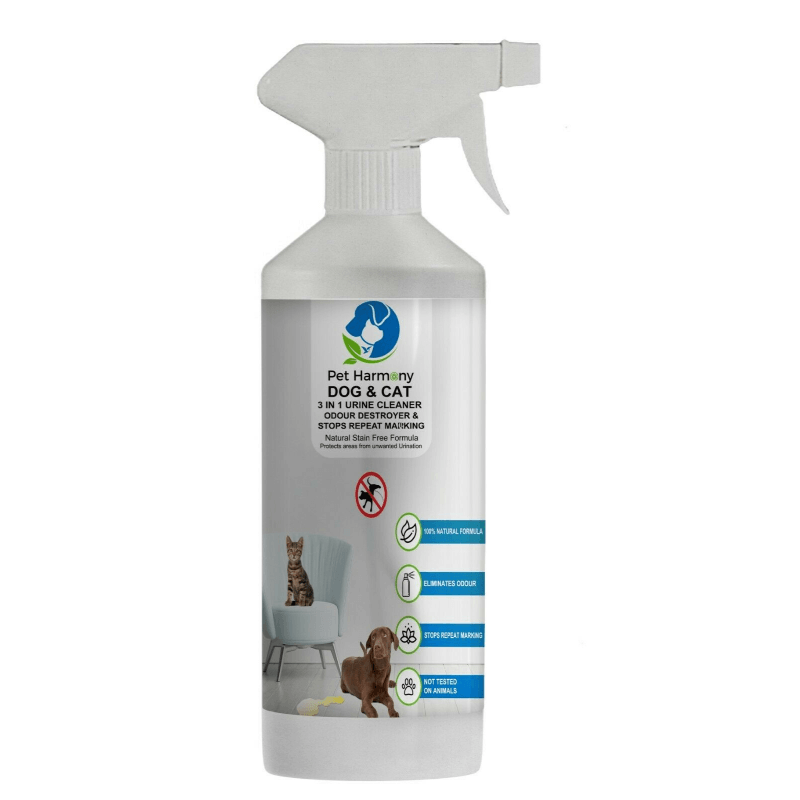Silverfish are one of the world’s most prevalent pest insects. They are occasionally referred to as bristletails or paper fish, even though their scientific name is Lepisma saccharinum. Silverfish are voracious feeders who subsist on starchy foods. They are particularly fond of paper and will consume boxes, books, and other household items.
These insects are silver or grey and covered in tiny scales that resemble fish. The body is largest at the head and gradually narrows toward the posterior end, where three long appendages covered in bristles are seen. One of the appendages protrudes straight from the body’s end, while the other two extend out at ninety-degree angles from the left and right sides of the torso. Silverfish range in size from 0.5″ to 1″ and can live up to eight years. Because the insects are nocturnal, they are rarely spotted during the day.
What Draws Silverfish to My Residence?
If you’re dealing with a silverfish infestation, you’re curious about the source of the bugs. The following are some of the factors that will attract silverfish to your home:
- Adequate habitat. Silverfish like wet, well-protected habitats, such as those found behind logs and rocks or in leaf litter. However, they prefer to reside behind furniture, in books, in basements, or near sinks in a domestic setting. They require moisture to live and will establish themselves in areas of your home with high moisture levels.
- Nutritional sources. Silverfish, like all insects, require food. These insects feed on starchy materials such as fibers, sugars, textiles, grains, and dry foods such as cereals and pet food. Silverfish are notoriously difficult to eradicate in part because they eat practically anything in nature, from starches and carbs to protein. They feed on composting plant waste, leaves, and other decomposing things in their native habitat. They will happily chew on food leftovers, stray pet food bits, and dried products such as sugar, wheat, and cereal in your home.
- Egg-laying locations. Silverfish eggs are laid in dark, moist, and concealed regions of the dwelling. The eggs are golden or white and are bulbous in shape.
- A place to conceal oneself. Silverfish thrive in protected spaces such as behind furniture, in bookcases, and damp basements. While keeping your home hostile to silverfish will help eliminate them, large infestations may require the assistance of a pest management specialist.
Perhaps you’re asking, “Do silverfish indicate that my house is filthy?” Contrary to popular belief, silverfish do not gravitate toward filthy homes.
Silverfish, on the other hand, prefer wetness, and their presence in a residence typically indicates dampness rather than dirtiness. Because silverfish feed on common building and construction materials, even clean dwellings will provide them with plenty of food.
Silverfish, on the other hand, view dusty regions of the home as a banquet. Because dust is mostly composed of organic residues such as human skin and dander, silverfish can usually thrive only on dust. As silverfish die off or become damaged in your home, the remaining silverfish will consume the carcasses to meet their protein requirements.
Are Silverfish Toxic to Humans and Pets?
Silverfish do not pose a threat to humans. They are not venomous, do not bite, do not sting, and do not transmit diseases or pathogens. Even though silverfish pose no damage to your health, they are not the type of pests you want to live with. Silverfish can cause damage to household products and building materials, and their disturbing presence quickly turns your home into an uninviting environment. Additionally, some individuals with severe allergy symptoms may have an allergic reaction to silverfish excrement or skin molts.
Symptoms of Silverfish Infestation
Consider the possibility that you may have silverfish in your home. The following are five indicators to watch for:
Observation of live silverfish
The presence of live silverfish is the first indicator of a silverfish infestation. These small, flexible, and slippery insects are blue-silver to brown-grey in hue. They are teardrop-shaped and wriggle back and forth in unison when they move, much like a fish does when it swims.
Silverfish are difficult to spot due to their nocturnal nature, but simply seeing a single live silverfish is a good indicator that you have an infestation somewhere in your home.
Debris
Silverfish have quite distinctive droppings. They resemble small black peppercorns and are frequently found in areas frequented by silverfish, such as the backs of furniture or beneath cupboards.
Silverfish droppings are so minute that they are sometimes confused with dust or household detritus. However, if you sweep once and they return, you’ll know you have a pest problem.
Molting of the skin
Throughout their lives, silverfish shed their skins. Although the outer shells are thin, delicate, and translucent, they serve as an excellent indicator of a silverfish infestation.
Yellow streaks on your possessions
Even if you do not observe real skin molts, the yellow dust is left behind on surfaces when silverfish molts may be visible. Yellow stains frequently appear on books, papers, cardboard boxes, and clothing.
Property damage
One of the simplest methods to recognize silverfish is to see the damage they cause. Silverfish are attracted to starchy materials such as wallpaper, linens, clothes, and cardboard. Examine chewed-through things such as these to determine if you have a silverfish infestation.
How to Naturally Get Rid of Silverfish: Six Effective Home Remedies
Design and construct your silverfish traps
Silverfish are voracious eaters of starchy foods and will go tremendous distances to obtain them. To get rid of them, fill a glass container halfway with flour, dried cereal, or pet food. Remove the top and tape the exterior. Silverfish will be able to enter the jar via the tape’s bumpy surface. They will be unable to exit, however, as their feet will lose traction on the smooth glass surface inside.
Utilize newspapers to entice them
Preserve an old newspaper by moistening it and rolling it up. Silverfish will burrow inside it and begin to establish colonies. After a few days, place the newspaper in a sealed, airtight container and dispose of it. Alternatively, you can burn it to eliminate any silverfish that have infiltrated.
Disperse sticky traps
Sticky traps, which are readily accessible at most hardware and home and garden stores, are an efficient method of silverfish control. Purchase several of these traps and set them in areas where silverfish activity has been seen. After a few days, inspect the traps and discard those that are clogged with silverfish.
Make use of cedar oil
Cedar oil is one of several essential oils that can be used to repel silverfish. It is particularly efficient against silverfish, clothing moths, and carpet beetles. To achieve the optimum benefits, either diffuse cedar oil or combine a few drops of the oil with warm water in a spray bottle and spray the combination onto problem areas. If using a diffuser, position it in areas where you have witnessed silverfish activity.
Make use of dehydrated bay leaves
You don’t have to look far for an excellent silverfish repellant. Simply gather a few dried bay leaves and place them in areas where you’ve noticed silverfish activity. Silverfish are repulsed by the oils found in bay leaves, which are extremely effective as pest deterrents.
Make use of borax
Silverfish can be effectively killed with borax. To achieve the greatest results, purchase borax at a local home goods store and put a thin layer over areas where silverfish have been spotted. It’s especially well-suited for usage behind cabinets, along baseboards, in closets, and beneath appliances.
Use of SilverFish Repellent Spray
EcoWidow Silverfish repellent is a non-toxic, natural combination of plant oils and extracts that repel silverfish without damaging them or the environment. Treat vulnerable room locations such as access points, windows, and thresholds, as well as spaces beneath furniture, to build a natural eco silverfish barrier. Regular application of EcoWidow silverfish treatment can also help stop silverfish from nesting within the home; re-apply every 2-3 days for optimal results. Spray around doorways, window sills, and across the flooring, as well as any other spots where silverfish may enter the residence or where their nesting is suspected.

Suggestions for Avoiding Future Silverfish Infestations
An ounce of prevention is worth a pound of cure when it comes to silverfish infestations. Prevent future silverfish infestations on your home by following these tips:
- Maintain a clean home. A clean home aids in the prevention of pests of all types. Additionally, it enables you to look for indicators of a new pest infestation, such as droppings and skin molts. Dust and vacuum your home at least once a week, or more often if you have children or pets.
- Airtight containers for all dry food and pet food. If you have food in boxes, such as cereal, decant it into airtight containers that are sealed. Larger bags should be stored in large rubber tubs with tight-fitting lids. Immediately clean up any food spillage.
- Eliminate food sources for silverfish. Bear in mind that silverfish consume both organic and inorganic elements. To deter them, eliminate external food sources such as brush piles, dead plants, woodpiles, and leaves. Maintain a clean and clear perimeter around your property, free of leaves, bushes, or other moisture-rich material. Secure all food sources (as described previously) and clear out debris, such as piles of paper and cardboard boxes, on the inside.
- Store your clothing in a dry location. By storing your clothing in a cool, dry place, you may eliminate humidity in your home. Keep them out of the basement and consider installing a dehumidifier if your home is frequently damp.
- Repair any cracks. Caulk small cracks around windows and doors to prevent silverfish and other pests from entering your home.
- Concentrate on ventilation. Bear in mind that silverfish crave dampness. To make your home as unfriendly as possible to them, concentrate on ventilation rooms that retain heat and moisture, such as bathrooms. Additionally, you can use a dehumidifier or a vent fan to maintain a cool, dry environment.


